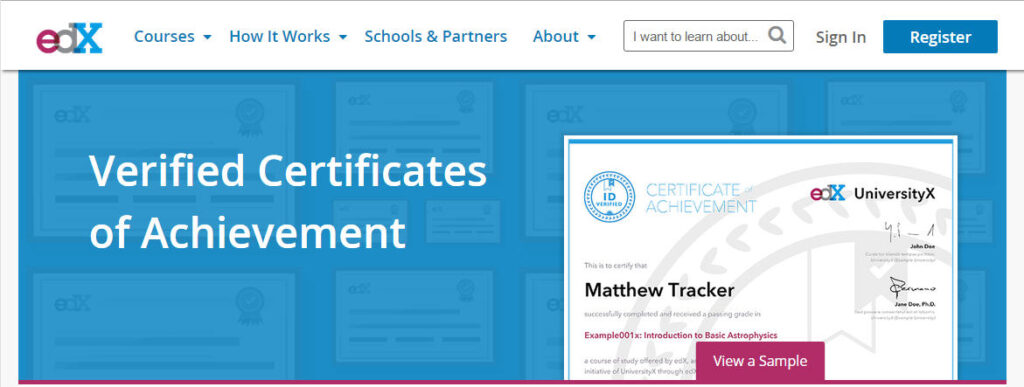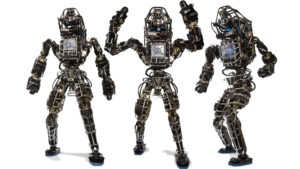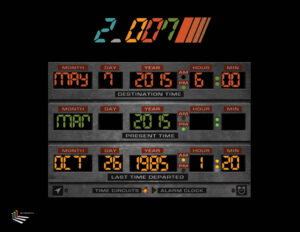MIT Technology Review has long celebrated innovators under 35 in an annual issue. This year, in addition to the young honorees, the magazine features Seven over 70. “Older people are, of course, just as capable of new thinking as the young,” writes editor Jason Pontin. Two of the seven innovators are MIT Institute Professors emeriti: philosopher Judith Jarvis Thomson, and nuclear engineer Sidney Yip. Having authored hundreds of papers, Yip continues to publish. A recent article he co-wrote offers a new approach to making strong concrete that produces fewer carbon emissions than current methods.
Explore Professor Yip’s research in the Open Access Articles collection in DSpace@MIT, where it is openly accessible to the world.
Since the MIT faculty established their Open Access Policy in March 2009 they have made thousands of research papers freely available to the world via DSpace@MIT. To highlight that research, we’re offering a series of blog posts that link news stories about scholars’ work to their open access papers in DSpace.
 Researchers at MIT and Harvard have
Researchers at MIT and Harvard have 

